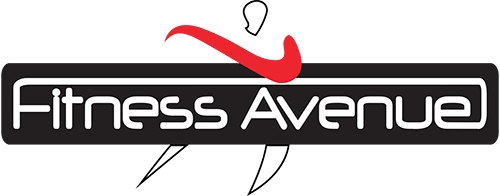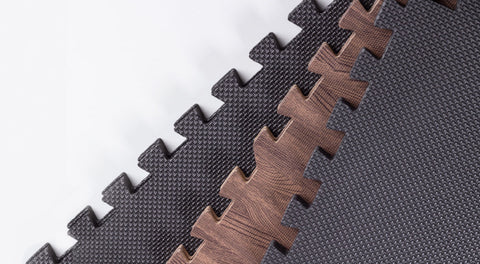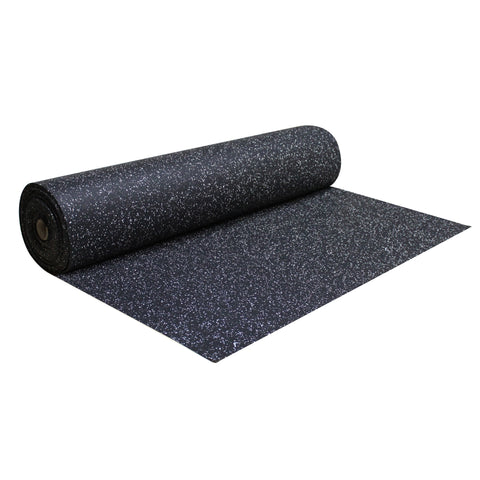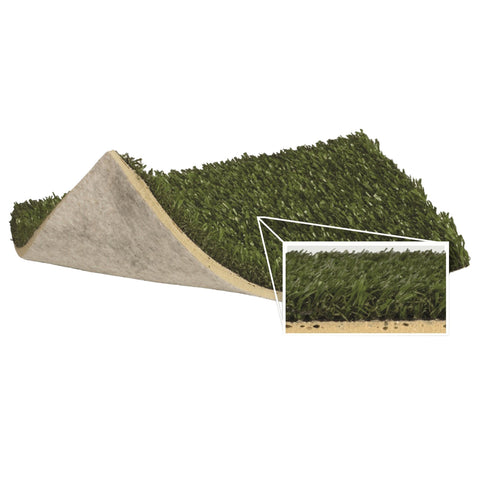15 produits
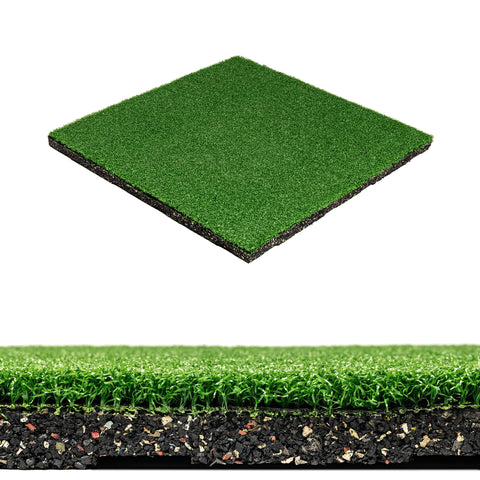
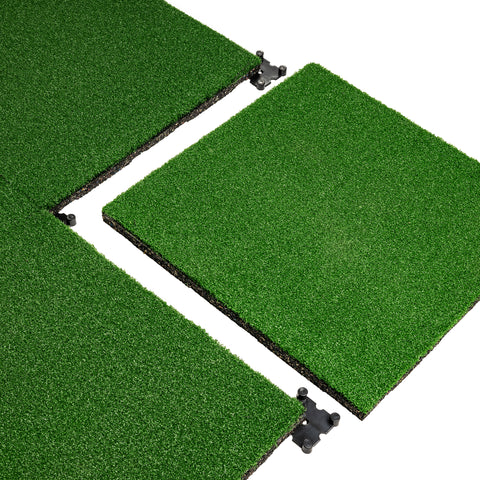
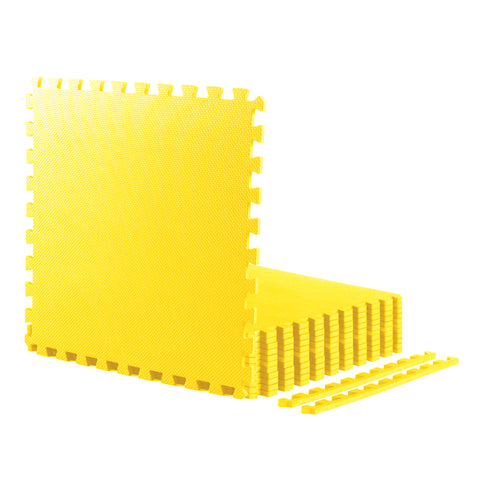
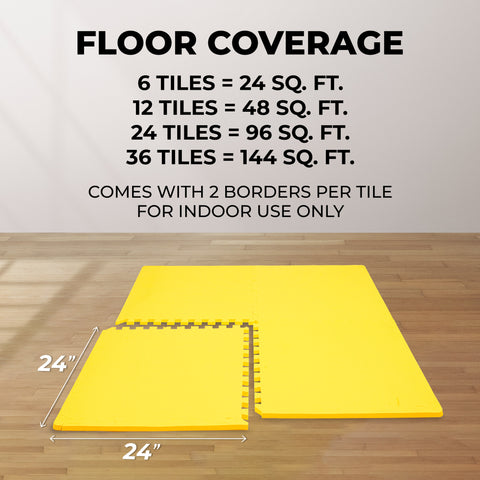
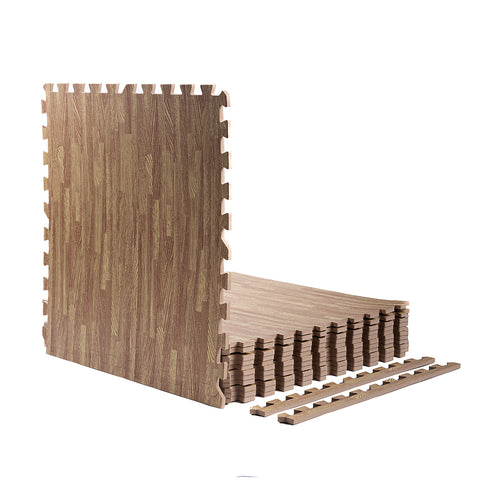
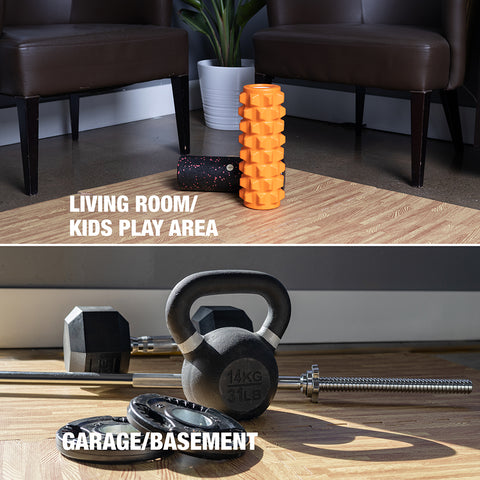
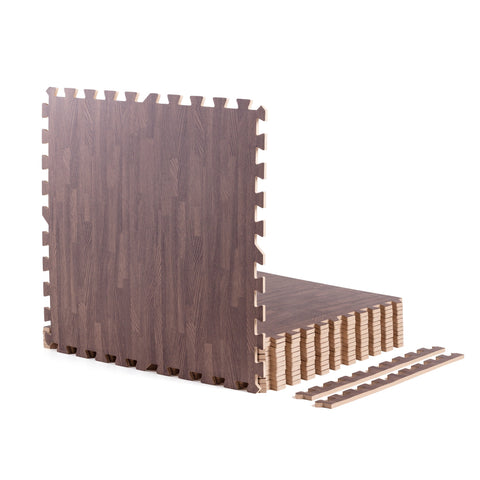
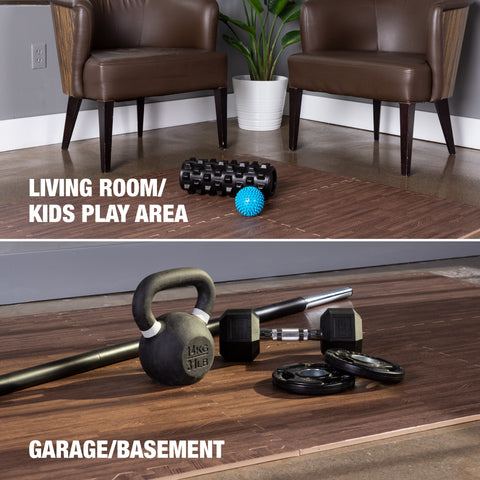
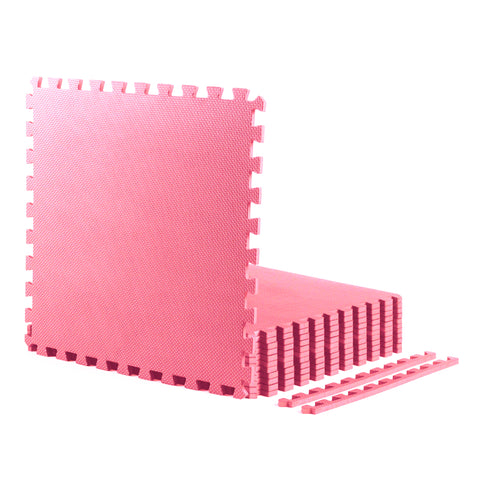
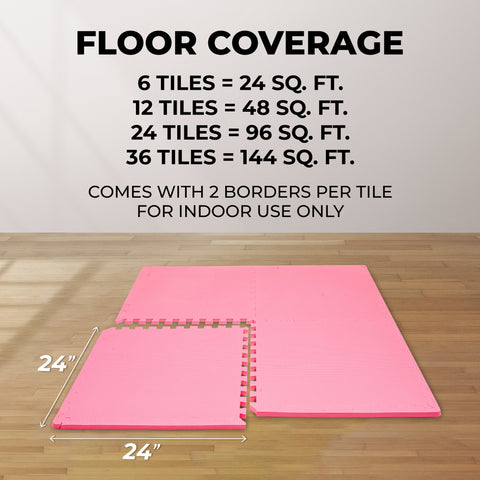
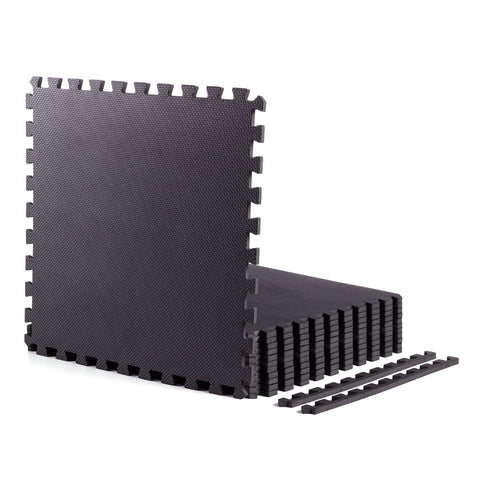
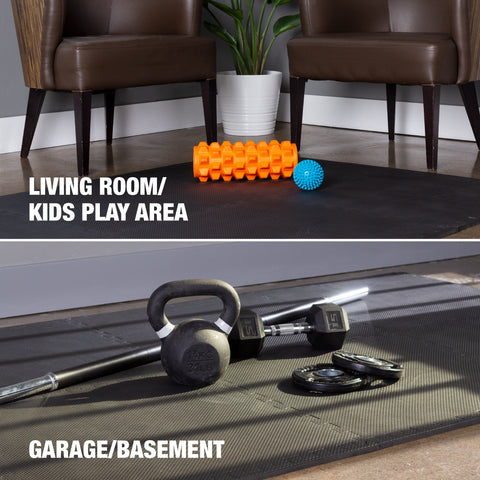
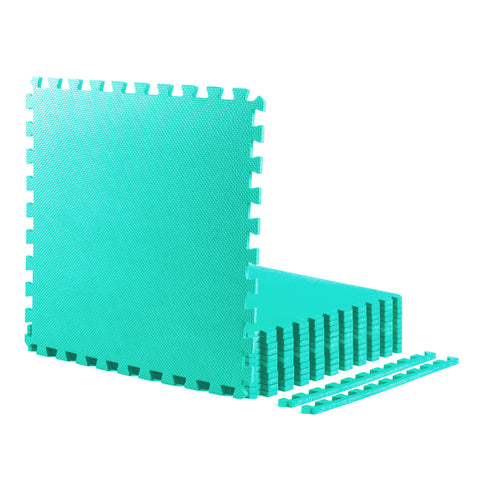


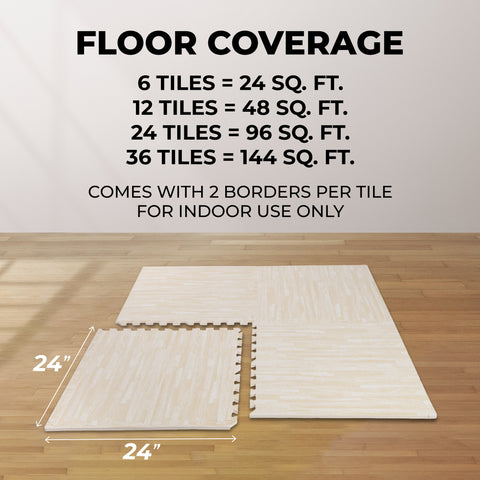
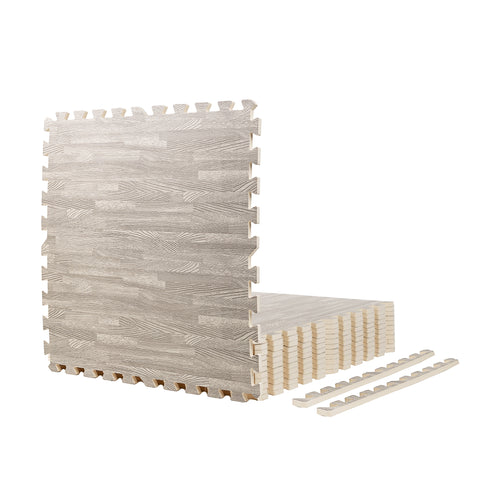
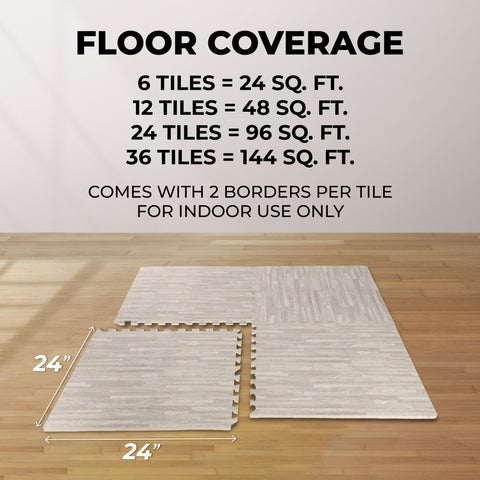
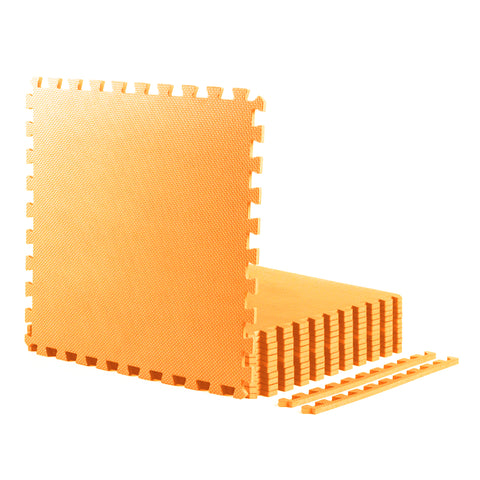
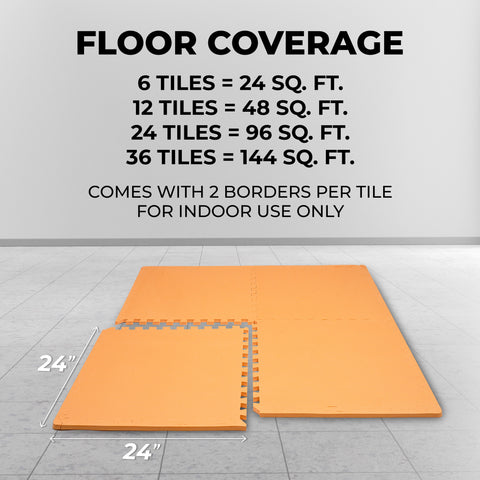
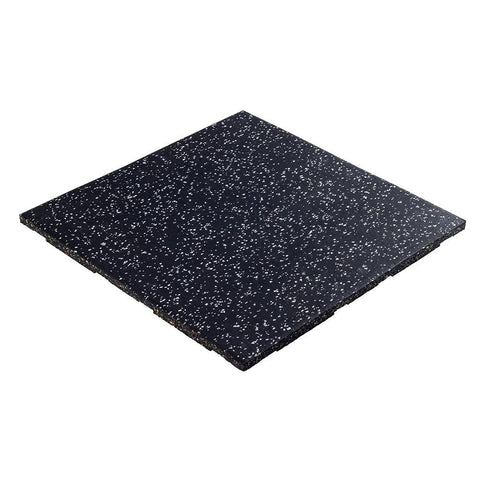
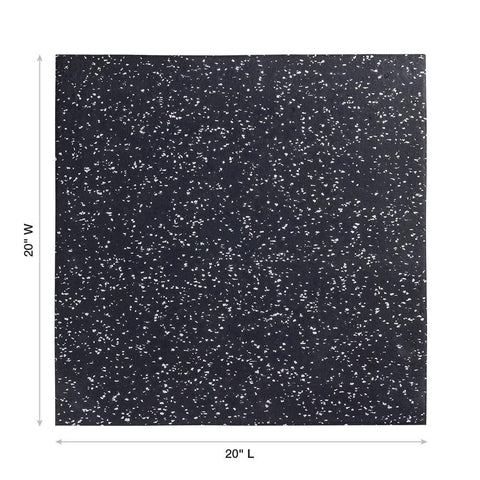
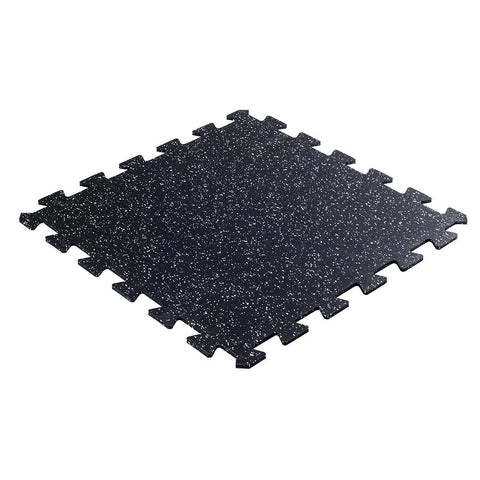
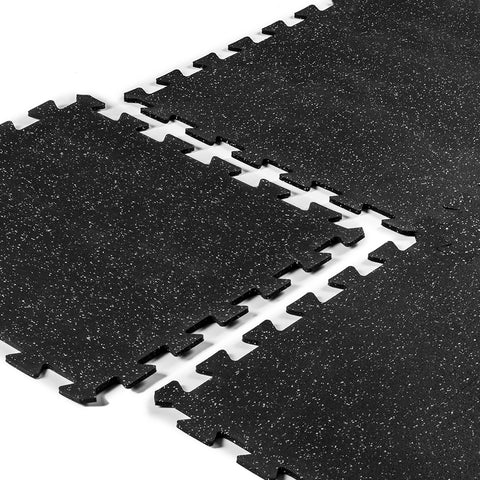
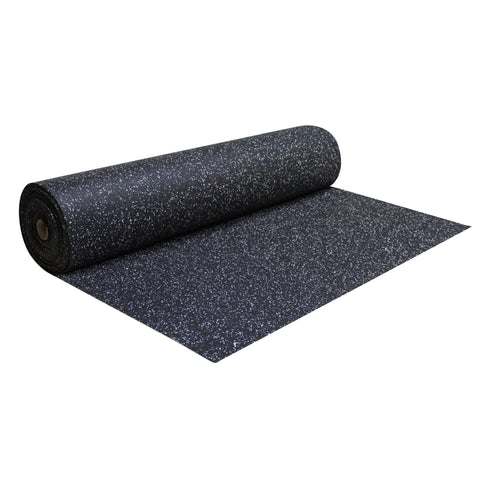
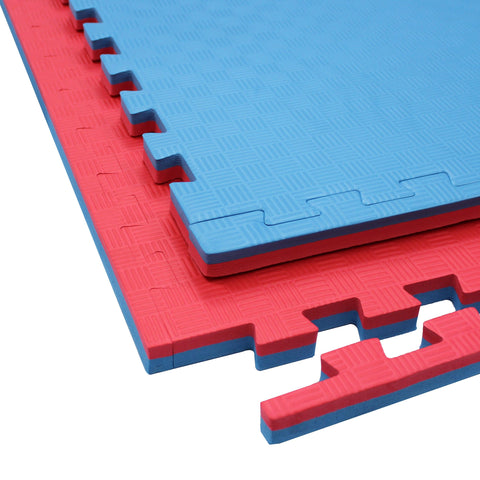
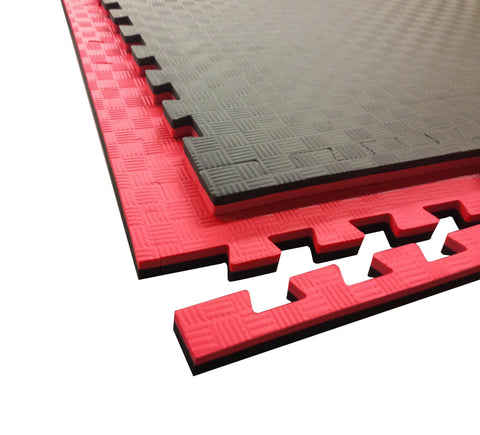
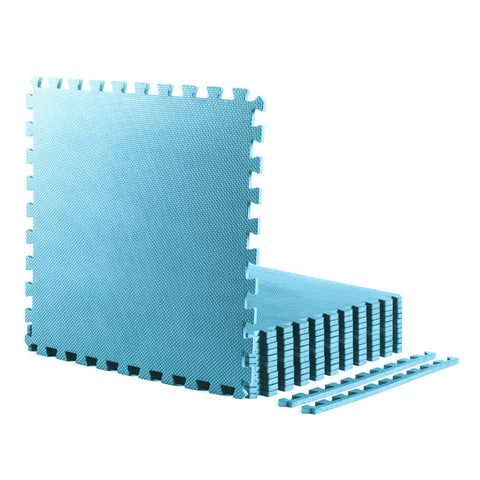
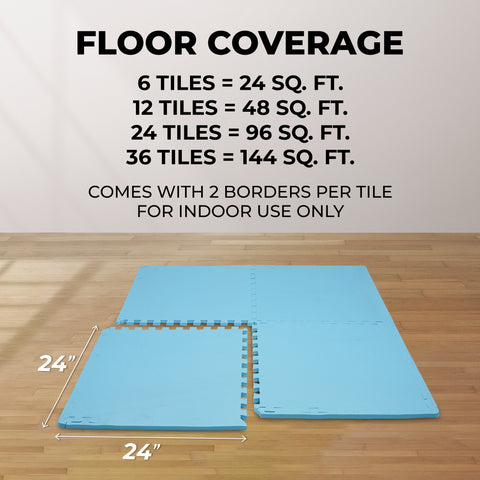
Créer une salle de sport à domicile demande de la planification et du travail. Il ne suffit pas de retirer tous les meubles d'une pièce et de placer un banc d'entraînement dans l'espace. Il est également nécessaire de réfléchir au bon type de revêtement de sol pour cette salle d'entraînement. Voici quelques points à considérer lors du choix du bon revêtement de sol.
Installation facile
Il existe de nombreux sols de gymnase à languette dans la rainure qui peuvent être installés facilement. Les tuiles imbriquées en mousse de bois en sont un excellent exemple. Ils peuvent être placés rapidement sur le sol existant, permettant au propriétaire d'avoir le sol prêt à l'emploi en un après-midi.
Durabilité
Quel est l'intérêt d'installer un nouveau revêtement de sol s'il s'use dans un an ou deux ? Dépensez un peu plus et investissez dans des matériaux qui résistent à long terme. En plus d'économiser de l'argent, le sol sera également plus facile à nettoyer.
Choix des matériaux
La mousse de bois n'est pas le seul choix. Que diriez-vous d'un sol en caoutchouc solide ? Celui-ci est également facile à nettoyer, tient bien et offre le niveau de rembourrage nécessaire pour garantir que le stress sur les jambes est le bon.
Examinez de plus près les options de revêtement de sol de salle de sport aujourd'hui. Avec un peu de soin et d'attention aux détails, le revêtement de sol offrira d'excellentes performances pour les années à venir.
FAQs
What type of flooring is best for gyms?
Rubber gym flooring is generally considered the best all-purpose gym floor due to its exceptional durability and shock absorption. For weightlifting areas, thick rubber (8mm-15mm) provides optimal protection for both your floor and equipment. Foam tiles offer excellent cushioning for yoga, stretching, and bodyweight exercises, while turf flooring excels for functional training, sled work, and sprint training. Commercial facilities often benefit from a combination of these flooring types in different zones to reduce stress on joints.
What is the best surface for a gym floor?
The ideal gym floor surface depends on your primary activities. Rubber flooring excels for general fitness and weightlifting due to its durability and shock absorption. High-density EVA foam mats provide superior comfort for mobility work and floor exercises. Artificial turf creates the perfect surface for functional training and athletic movement. Many facilities use a combination approach—rubber mat areas for weights, foam for stretching zones, and specialized surfaces for dynamic training spaces.
What flooring to use in a home gym?
For home gym setups, interlocking floor tiles offer the perfect balance of performance and practicality. Rubber tiles (7mm-8mm) work well for general fitness equipment and moderate weightlifting, while foam tiles provide comfortable surfaces for floor exercises. The Black Heavy-Duty Interlocking Foam Mat provides excellent versatility with its 0.5" thickness and shock-absorbing properties. For dedicated weightlifting areas, consider thicker rubber options, such as our Interlocking Rubber Tiles or Rubber Flooring Roll, for maximum floor protection against heavy equipment.
Can gym flooring go over carpet?
Yes, gym flooring can be installed over low-pile carpet, though results vary by flooring type. Interlocking foam tiles work well on most carpeted surfaces, creating a stable exercise platform that doesn't require permanent installation. For weightlifting over carpet, opt for thicker rubber tiles (minimum 8mm) to provide stability and prevent shifting during use. Some compression of the carpet will occur beneath heavy equipment, so consider using plywood underlayment for power racks and weight machines to improve weight distribution and prevent damage.
How thick should gym flooring be?
Gym flooring thickness requirements depend on your activities and equipment:
- For general fitness and cardio: 6-8mm flooring provides adequate protection
- For moderate weightlifting (dumbbells, kettlebells): 8-12mm rubber flooring is recommended
- For heavy Olympic lifting or dropping weights: 15mm+ rubber is ideal to absorb impact
- For bodyweight exercises, yoga, or children's play areas: 12-15mm foam mats offer comfortable cushioning
Is gym flooring necessary?
Yes, gym flooring is essential for protecting both your investment in fitness equipment and your underlying floors. Without proper gym floor materials, dropped weights can damage concrete, hardwood can become scratched from equipment movement, and noise transmission increases dramatically. Quality flooring also reduces joint impact during exercises, prevents equipment slippage, and creates a defined workout space that motivates consistent training. Proper flooring is a crucial choice for any exercise environment.
Is gym flooring waterproof?
Most commercial gym flooring options offer excellent water resistance. Rubber flooring rolls like our 4' x 50' Rubber Flooring Roll are completely waterproof, making them ideal for areas prone to sweat or water exposure. Interlocking foam mats, such as our Heavy-Duty Interlocking Foam Mats, feature a closed-cell EVA foam construction that resists water absorption and can be easily cleaned with a wipe. This waterproof quality makes gym flooring suitable for basement installations, where moisture might otherwise be a problem.
How to clean rubber gym flooring?
Rubber gym flooring is remarkably easy to clean with a simple maintenance routine. For daily care, sweep or vacuum to remove dust and debris. For weekly cleaning, mop with a mild soap and water solution, avoiding harsh chemicals that can damage the rubber. For deeper cleaning, use a specialized rubber floor cleaner diluted according to the manufacturer's instructions. Allow the flooring to dry completely before resuming use. Also, clean up any spills promptly to prevent staining. The low maintenance requirements of rubber mats make them an ideal option for busy fitness facilities.
